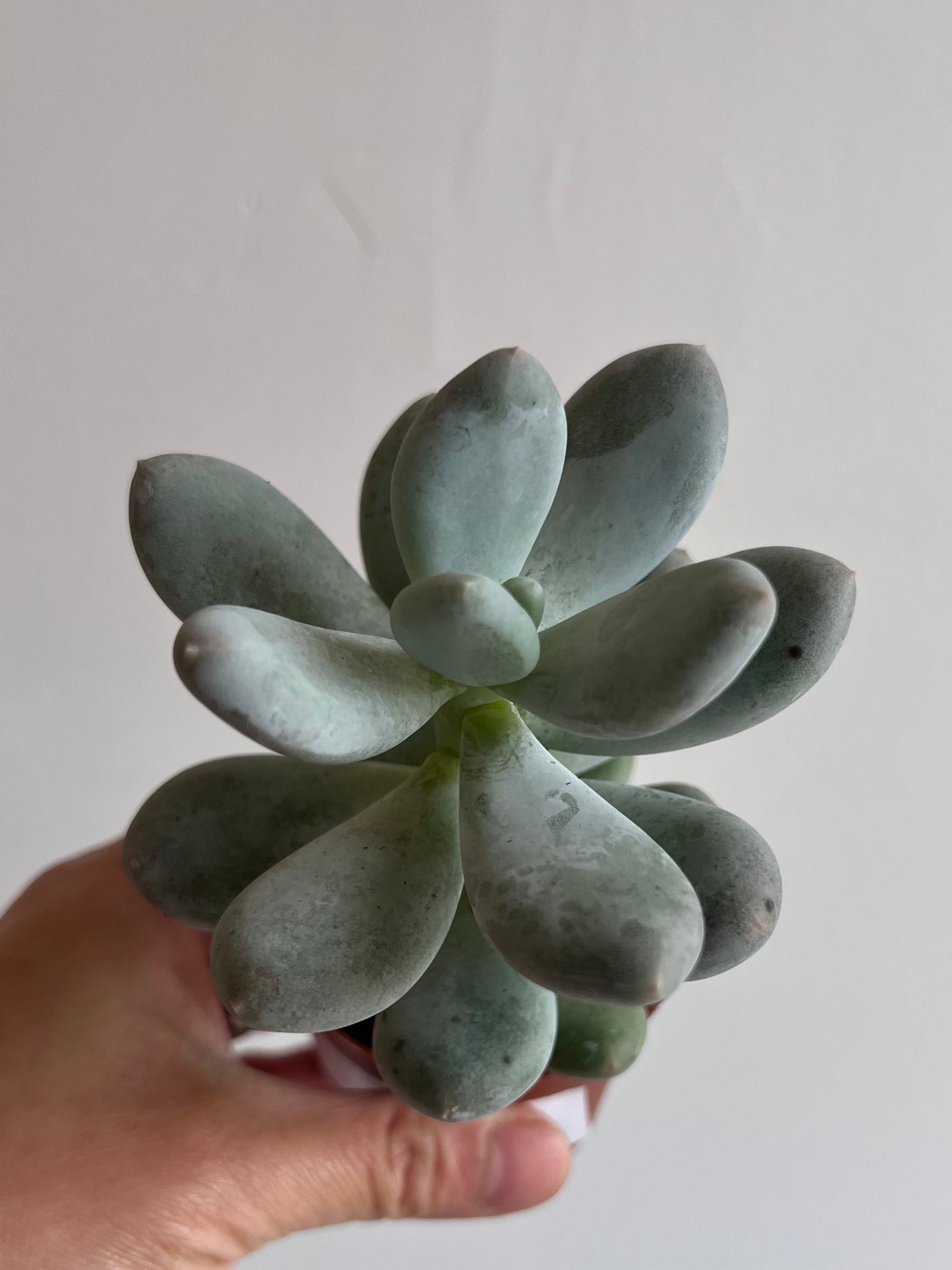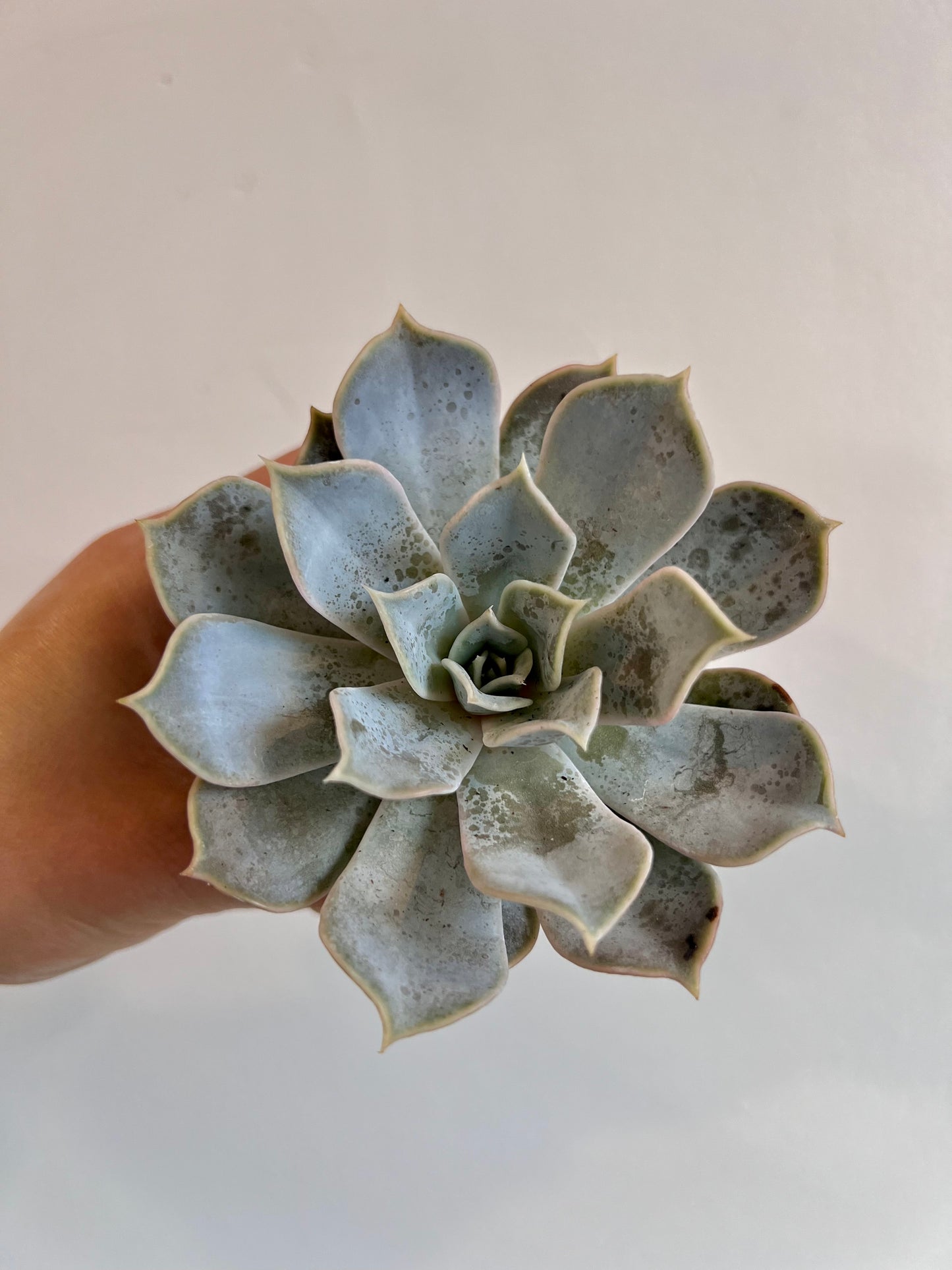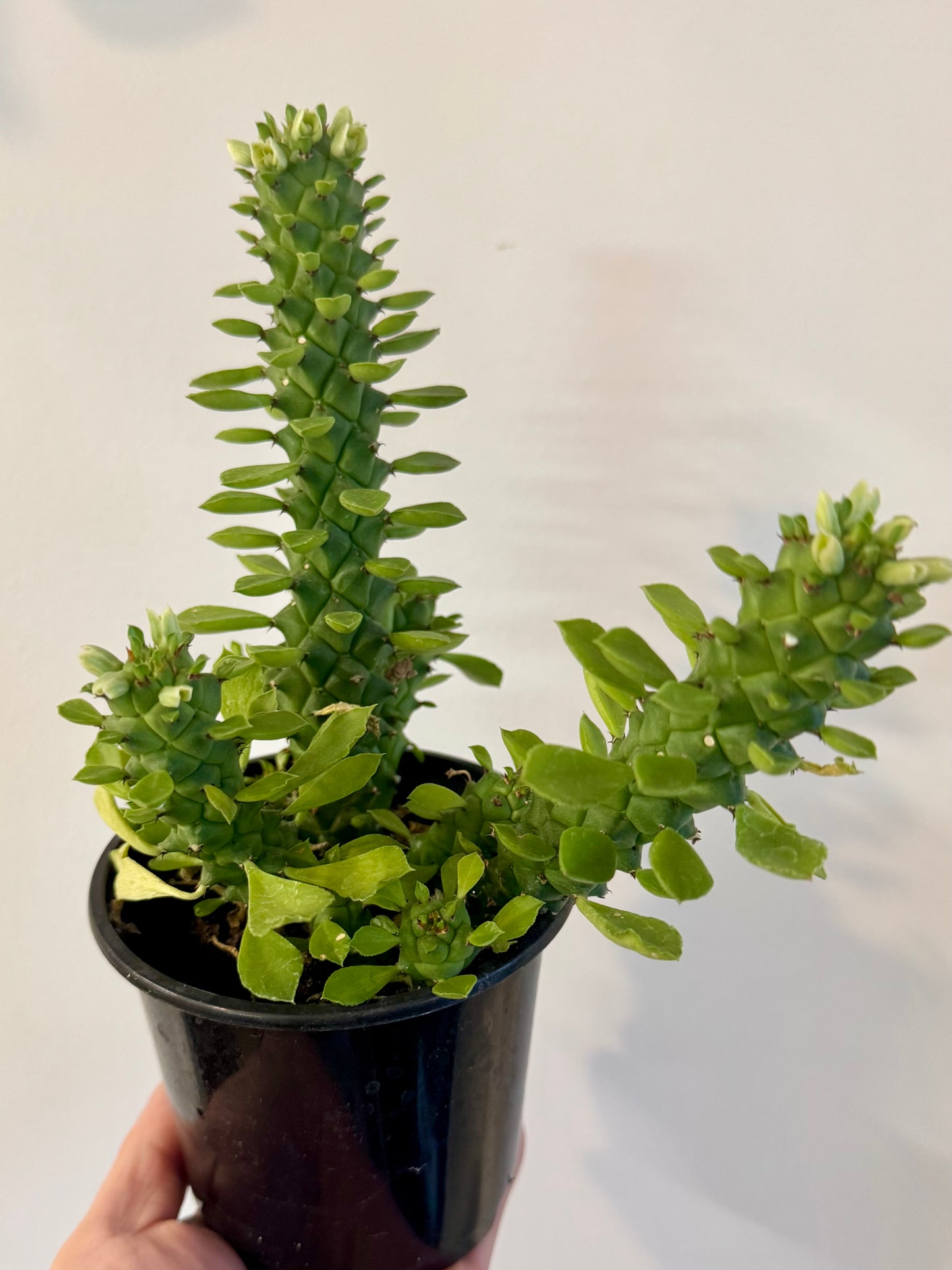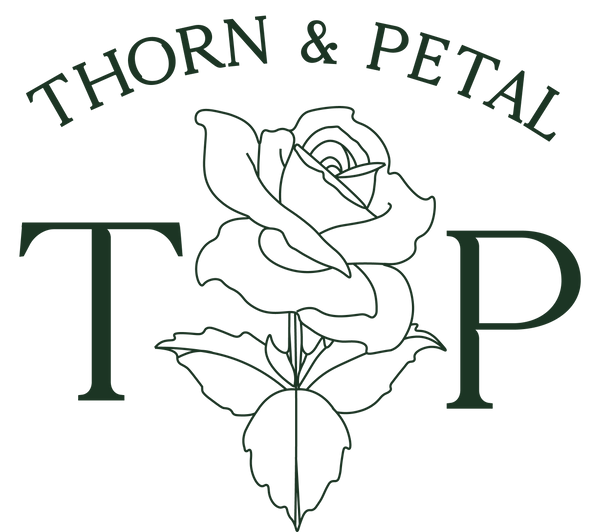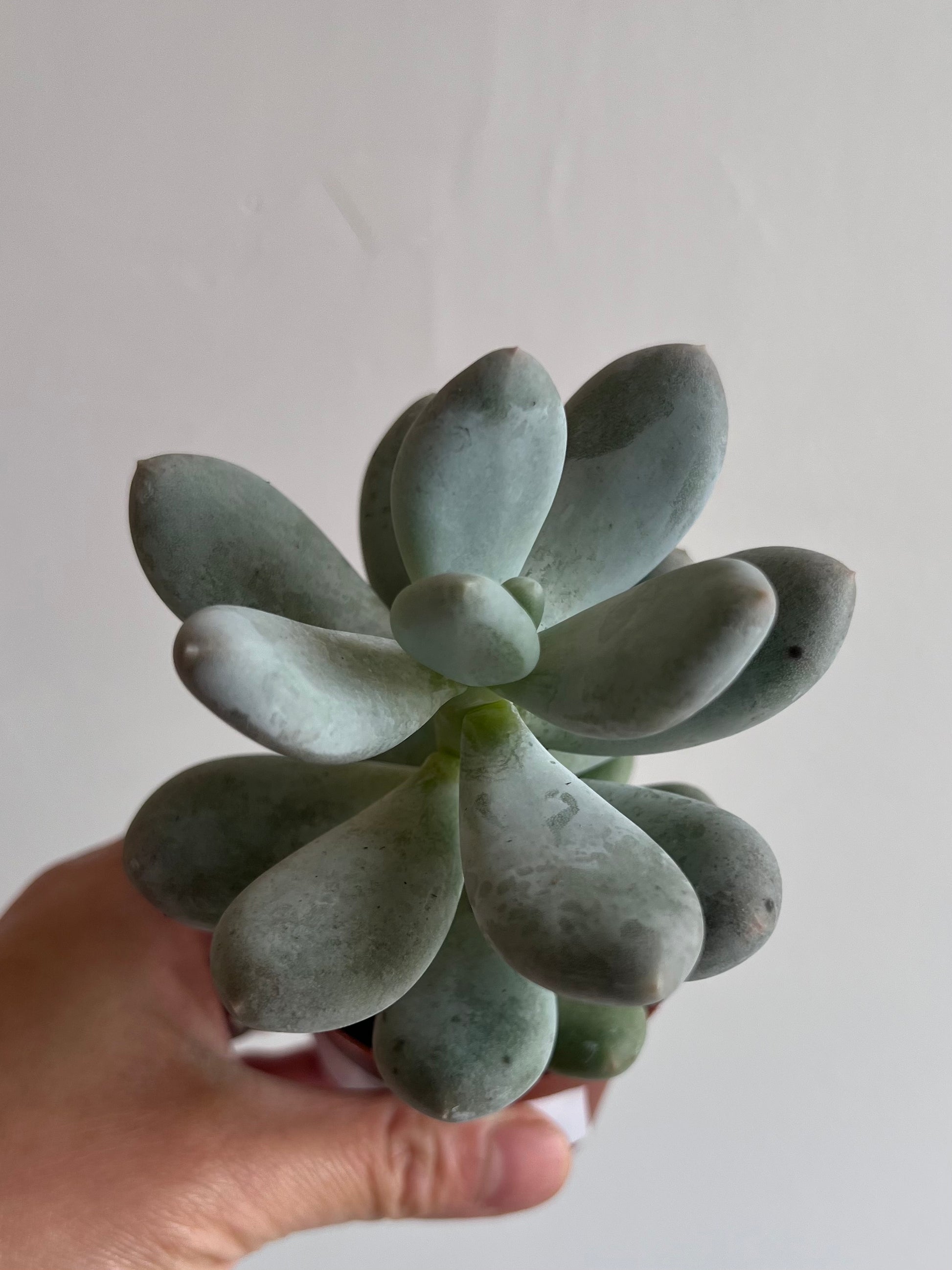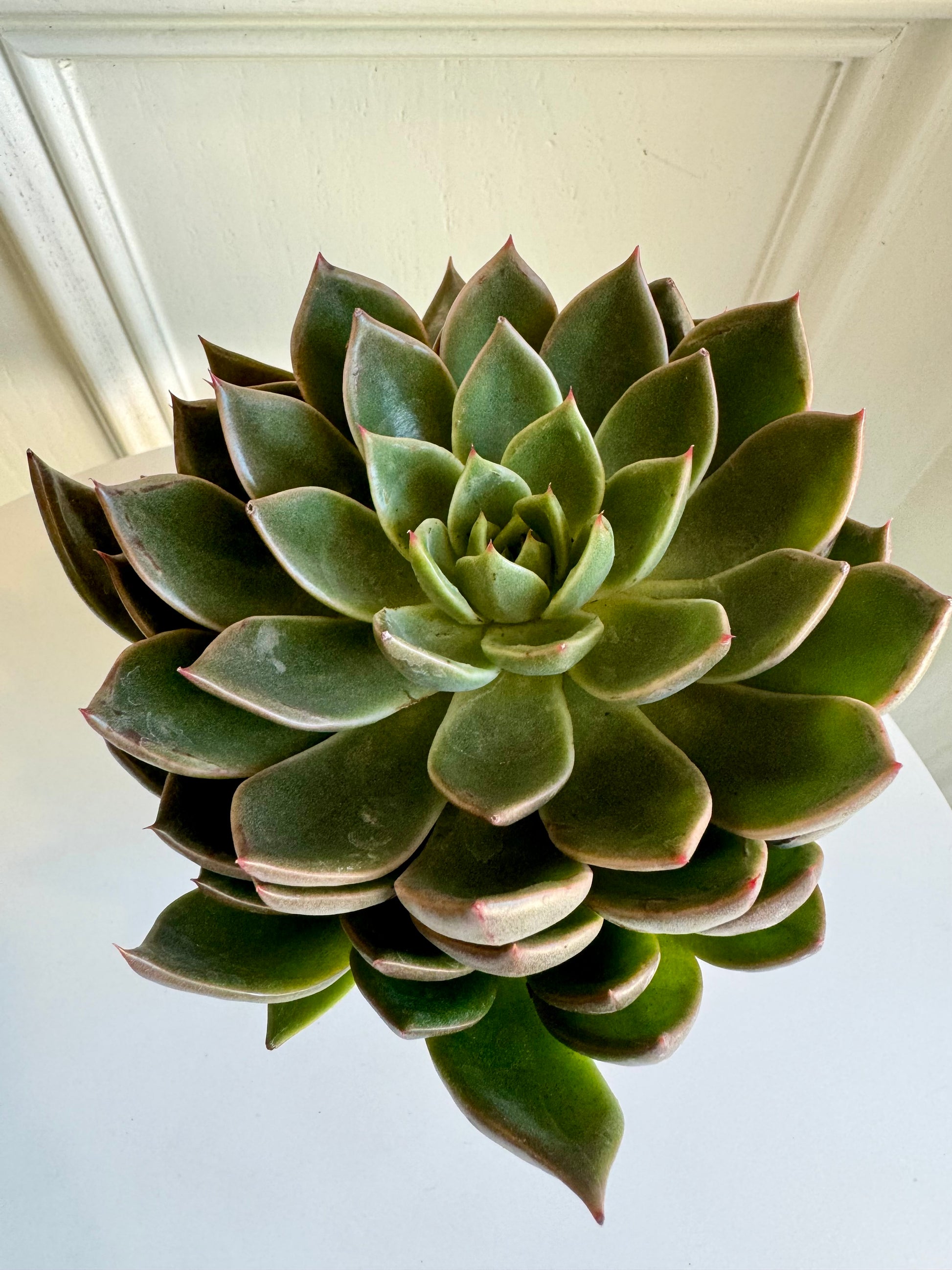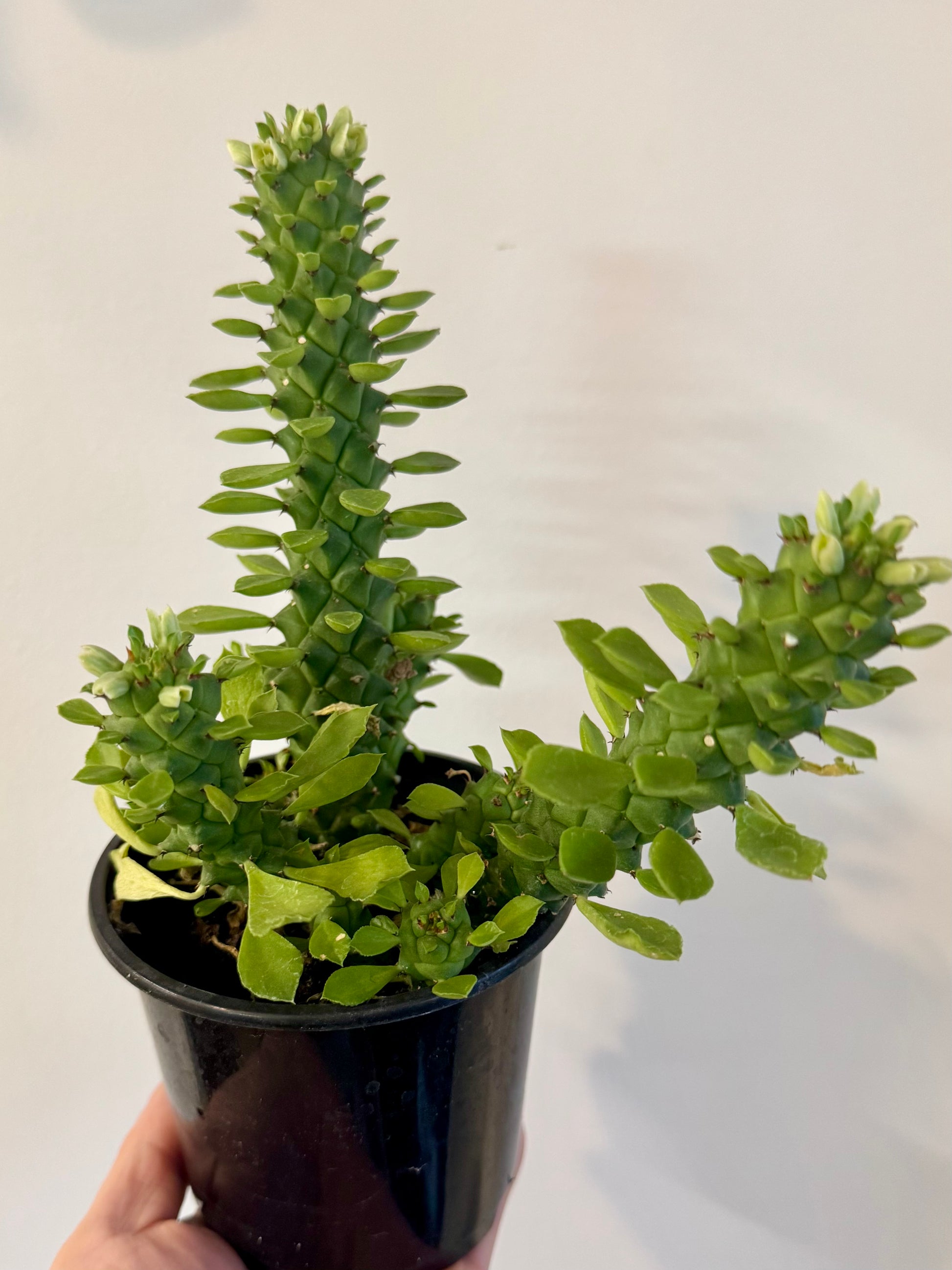Succulents
Succulents
Couldn't load pickup availability
Succulents are a diverse group of plants known for their fleshy, water-storing leaves and stems, which allow them to survive in arid environments. Here's some information about succulents:
Appearance: Succulents come in a wide variety of shapes, sizes, colors, and textures. They can be rosette-forming, trailing, columnar, or bushy, and their leaves may be smooth, fuzzy, spiky, or textured. Some succulents have colorful or variegated foliage, while others have flowers in various shapes and hues. Common examples of succulents include Echeveria, Aloe, Haworthia, Sedum, and Crassula.
Water Storage: Succulents are adapted to store water in their leaves, stems, or roots, allowing them to withstand periods of drought. Their thick, fleshy tissues retain moisture, which they can use during dry spells when water is scarce. This adaptation makes succulents well-suited for arid and semi-arid environments, such as deserts and rocky landscapes.
Native Habitat: Succulents are native to various regions around the world, including Africa, the Americas, Europe, and Asia. They are often found growing in dry or semi-arid habitats, such as deserts, steppes, and rocky outcrops. Some succulents also grow in coastal areas or high-altitude mountain regions.
Care Requirements: Succulents are generally low-maintenance plants that are easy to care for, making them popular choices for indoor and outdoor cultivation. They prefer bright, indirect light but can tolerate some direct sunlight, especially in the morning or late afternoon. Succulents require well-draining soil to prevent waterlogging, as excessive moisture can lead to root rot. Water succulents thoroughly but allow the soil to dry out between waterings. In general, succulents prefer warmer temperatures and can be sensitive to cold temperatures, especially frost.
Propagation: Succulents can be propagated through various methods, including leaf cuttings, stem cuttings, offsets, division, and seeds. Leaf and stem cuttings can be rooted in well-draining soil or water, and offsets can be separated from the parent plant and replanted. Some succulents produce pups or baby plants around the base of the parent plant, which can be carefully removed and replanted.
Versatility: Succulents are versatile plants that can be grown indoors or outdoors, in containers, gardens, or rockeries. They are well-suited for xeriscaping, drought-tolerant landscaping, and arrangements such as terrariums and succulent gardens. Their unique shapes, colors, and textures make them popular choices for decorative purposes and as focal points in gardens and landscapes.
Overall, succulents are fascinating and adaptable plants that come in a wide range of forms and varieties. Whether you're a beginner or experienced gardener, succulents can add beauty, texture, and interest to your indoor and outdoor spaces with their unique characteristics and low-maintenance requirements.
Share
